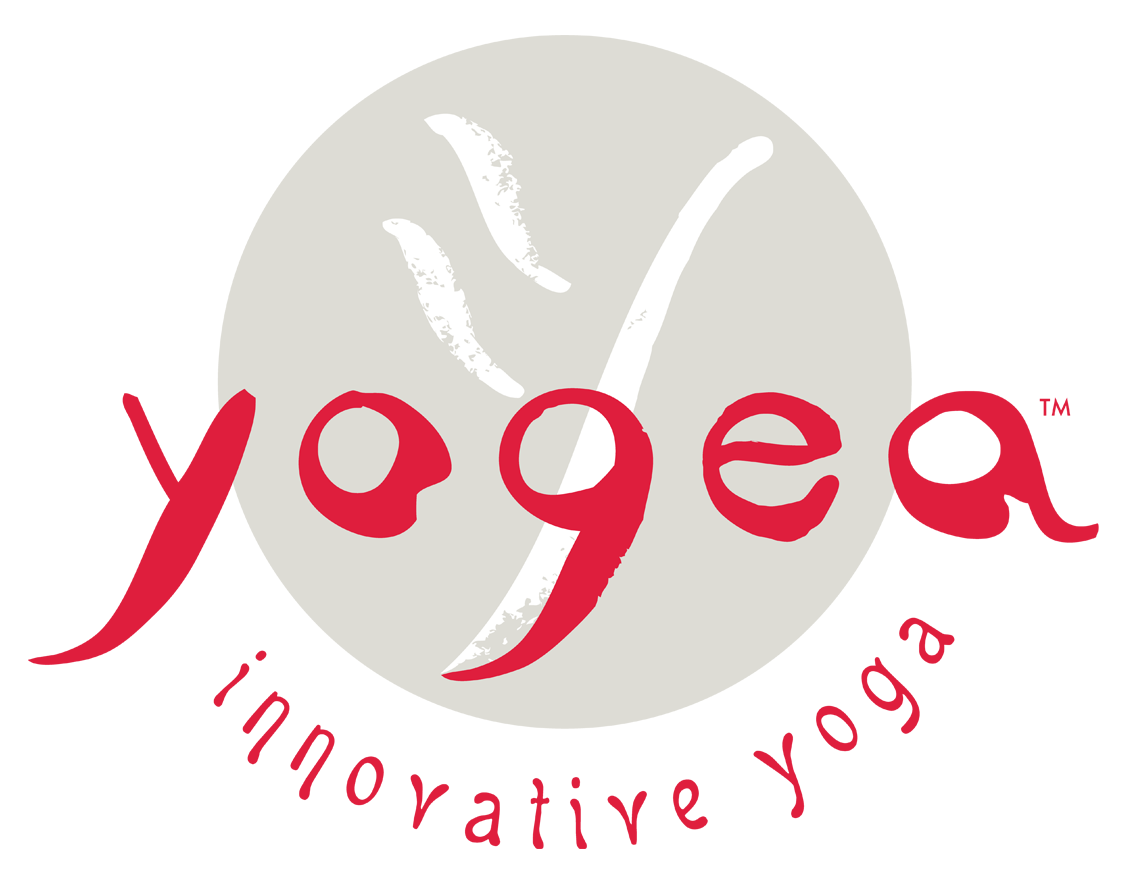Yogea Asana Lab
Whenever I think of alignment in yoga I picture Da Vinci’s Vitruvian Man epitomizing the principle source of proportion and coherent design. As I contemplate the outstretched figure inscribed into a circle I see the subtle relationship between the body’s magnitude and its yielding to gravity. The natural pull towards the Earth’s core provides a magnetic sense of centeredness that facilitates integral support of body parts, and simultaneously emits a source of radiance that amplifies its energetic resonance and anchors it into its true presence. As a yoga teacher I’ve always been drawn towards unraveling the principles of healthy alignment.
Learning how to go in and out of poses safely and gracefully is an art form that requires knowledge of both anatomical and energetic alignment. It’s so fulfilling to get the right click in every pose, and create natural levers from the extremities through myofascial webbing; to track how the muscles hug the bones, how the tendons act as cords, how the ligaments tie the structure together, how the cartilage cushions the joints, how the synovial fluid promotes mobility and how the breath channels flow. Reinterpreting anatomical instructions through an energetic perspective helps us experience the inherent oppositional pull in every pose – tracing the emanation of the inner spiral out, and the withdrawal of the outer spiral in. I sometimes find it discouraging reciting the same alignment tips over and over in a class. When the explanation gets too “Latin” or “Greek” students block and have a hard time following. Hands on adjustment helps in fixing some common misalignments, but it doesn’t quite do the job. An actual demonstration of the perfect pose only gives a visual reference, however it does not help students interpret the asana through their unique architecture. I have personally benefited mostly from the 7 main principles of energetic alignment that subtly augment the anatomical precision with an air of somatic intelligence that ultimately translates into embodied consciousness.
The first principle is to “yield”, as it relates to our natural submission to the forces of gravity. The second principle is to “center”, as only then can we really ground into the present moment and experience stability and the incarnation of our life purpose. The third principle is to “support” as we learn to engage the extremities as levers that mutually complement each other through juxtaposition and meridian crossings. The fourth principle is to “engage”, as we learn to elongate the spine by maintaining the cranio-sacral connection and reinforcing muscle tone. The fifth principle is to “breathe”, as breath is the vital fluid that opens the nerve channels so that life force could pass through us. The sixth principle is to “radiate” from the core, as we become vessels of light and emanate our divinity. And the seventh principle is to “return”, as we honor the circle of life and retrieve our code from the source. Coupled with elaborate anatomical tips these principles help us experience states of mind, rather than assume poses. As an advocate of “engaged spirituality” I have created this posture lab to share my journey into the adventure of “asana”. As you delve into the intricacies of each posture, you will enjoy a healthy, injury-free and life-long practice. And very much like the Vitruvian Man you will acknowledge the coherent alignment with the divine flow.
YOGEA Asana Lab: Sun Salutes
Welcome to the first series of poses from Yogea Asana Lab. This section will feature the asanas that weave the breath-motion “mala” of Surya Namaskar (Saluting the Sun). We will explore how to attain the optimal anatomical and energetic alignment of this series, which combines inversions, backbends, forward bends and standing postures.
Yogea Asana Lab is not a yoga routine and should be regarded solely as an educational platform to reinforce proper postural alignment and improve the quality of your practice. The approach is integrated as poses are grouped into different targeted categories. Each set of poses is demonstrated only on one side. The route of assuming poses and releasing through counter-poses is mapped clearly and slowly, allowing time for assimilation and grasping. The main objective is to guide you in and out of poses safely and smoothly, as well as to acquaint you with basic anatomical and energetic principles that weave the geometry of every asana. In turn, you will be able to perform the Yogea routines with clarity, precision and abandonment. As you follow the tips of proper alignment you will feel more stable, ready to deepen your practice and eager to transition gracefully from one stage to the next both on the mat and in life.

Leave a Reply